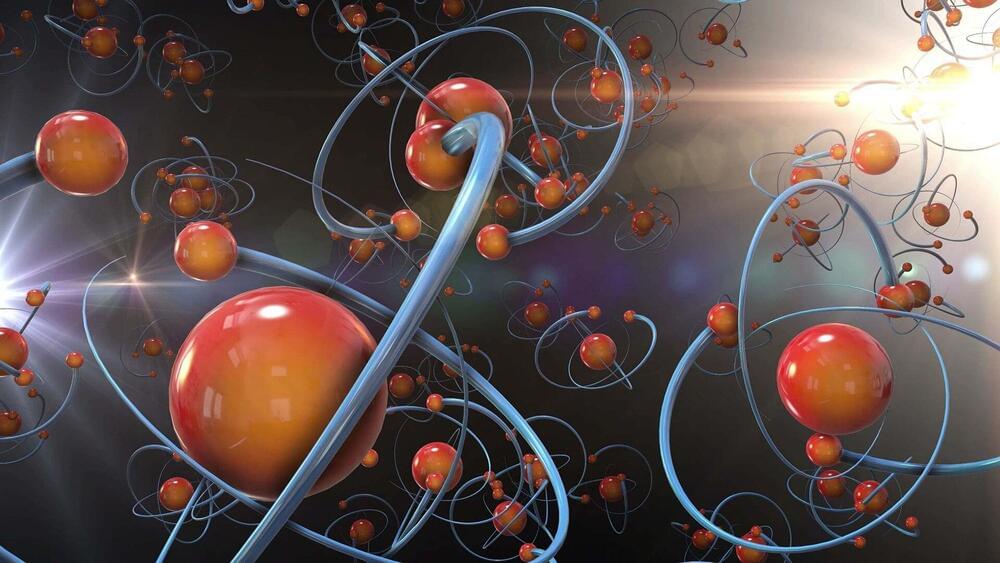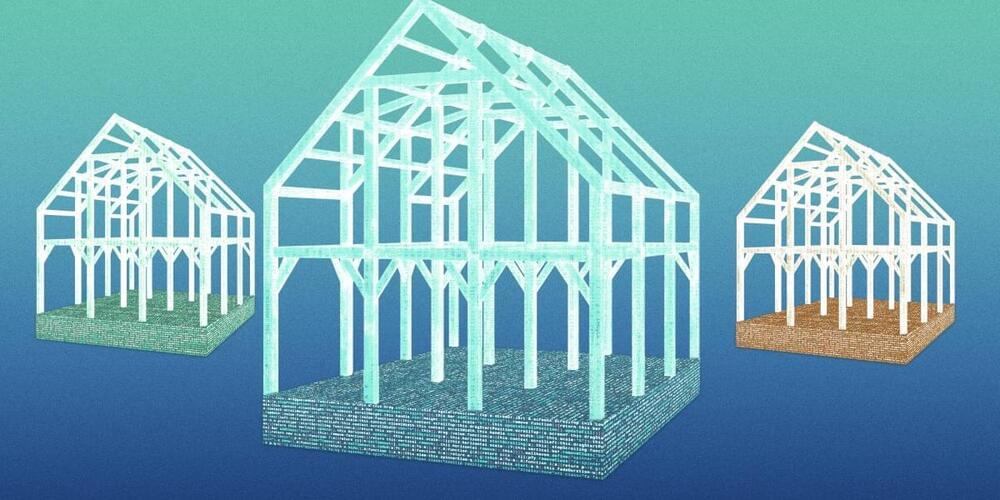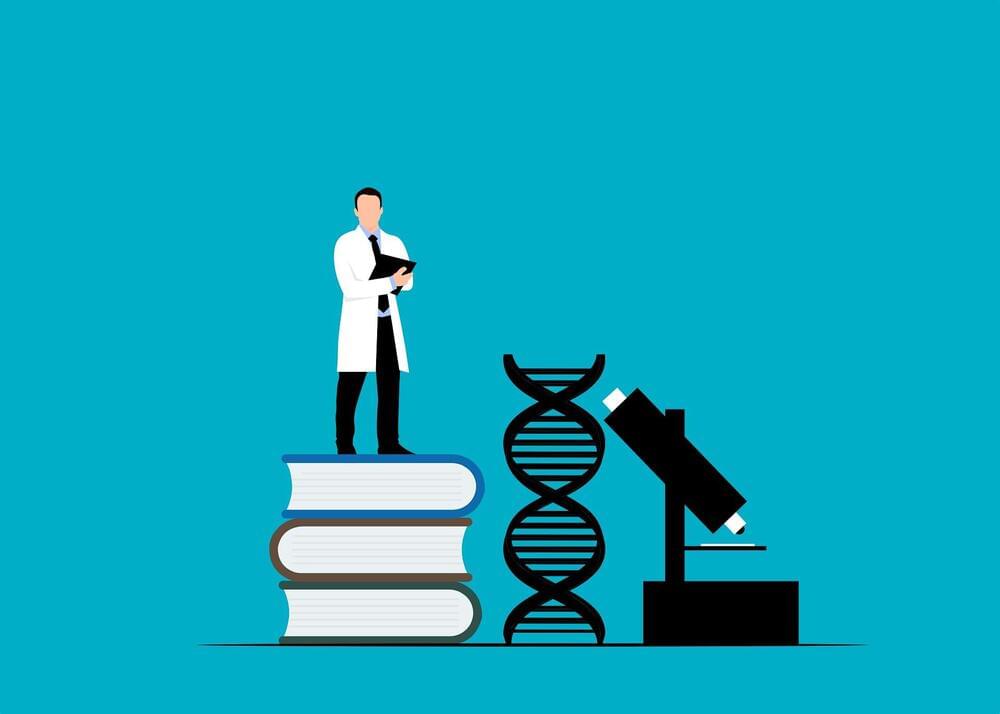Researchers at Tel Aviv University and the University of Lisbon have jointly identified and synthesized a small molecule that could be a more accessible and effective alternative to an antibody that is successfully used to treat a range of cancers. Behind the groundbreaking development is an international team of researchers led by Prof. Ronit Sachi-Fainaro, Head of the Center for Cancer Biology Research and Head of the Laboratory for Cancer Research and Nanomedicine at the Sackler Faculty of Medicine, Tel Aviv University, and Prof. Helena Florindo and Prof. Rita Guedes from the Research Institute for Medicines at the Faculty of Pharmacy, University of Lisbon. The results of the study were published in the Journal for ImmunoTherapy of Cancer.
“In 2018, the Nobel Prize in Medicine was awarded to James Allison and Tasuku Honjo for their contribution to the study of immunotherapy, the treatment of cancer through activation of the immune system,” says Prof. Satchi-Fainaro, a 2020 Kadar Family Award recipient. “Honjo discovered that immune cells called T cells express the protein PD-1 that disables the T-cells’ own activity when it binds to the protein PD-L1 expressed in cancer cells. In fact, the interaction between PD-1 and PD-L1 allows cancer cells to paralyze the T cells, preventing them from attacking the cancer cells. Honjo developed antibodies that neutralize either PD-1 or PD-L1, thereby releasing the T cells to fight cancer effectively.”
The antibodies against PD-1/PD-L1 proteins are already approved for clinical use and are considered the great promise in the fight against cancer. This immunotherapy can significantly improve patient outcomes, without the severe side effects that accompany treatments such as chemotherapy. But the antibodies are expensive to produce, and hence not available to all patients. Moreover, the treatment does not affect all parts of the solid tumors because the antibodies are too large to penetrate and reach less accessible and less exposed areas of the tumor. Now, researchers at Tel Aviv University and the University of Lisbon have used bioinformatic and data analysis tools to find a smaller, smarter alternative to these antibodies.









